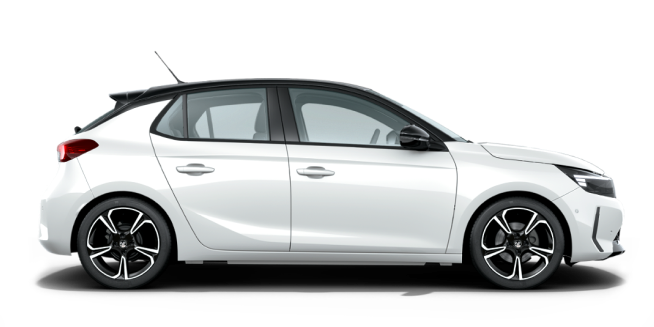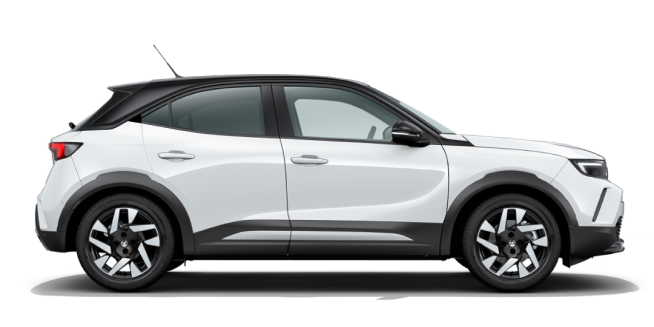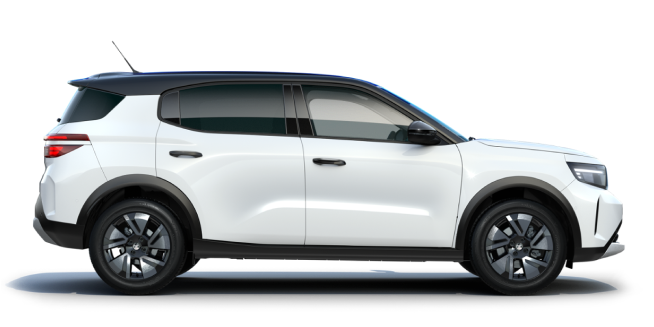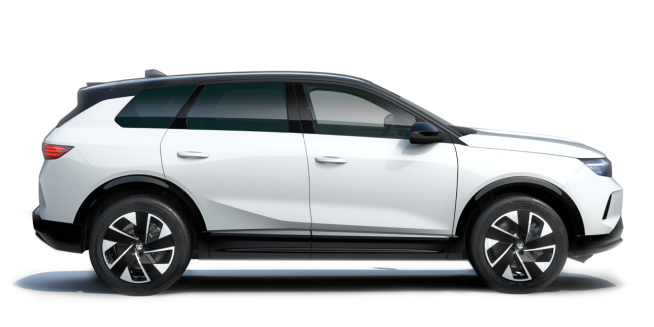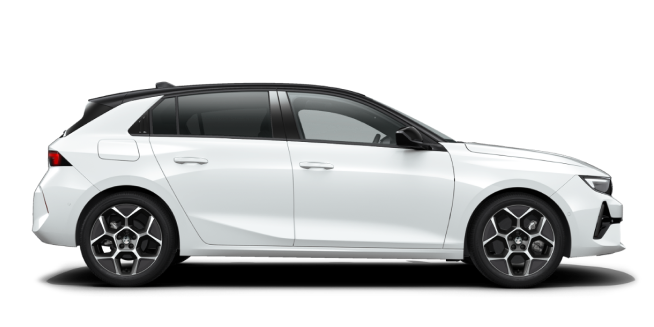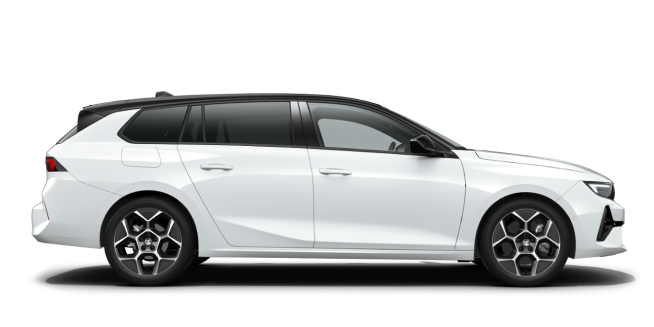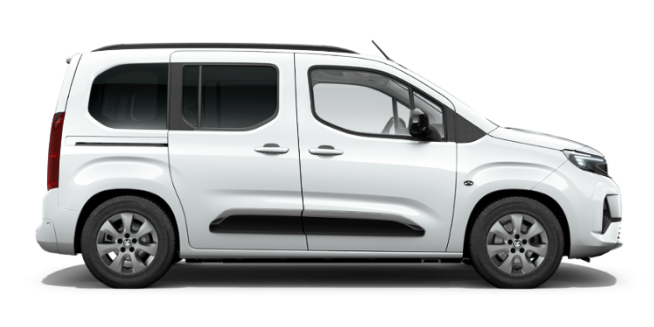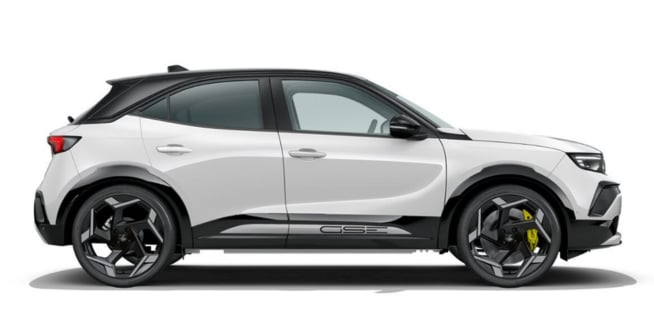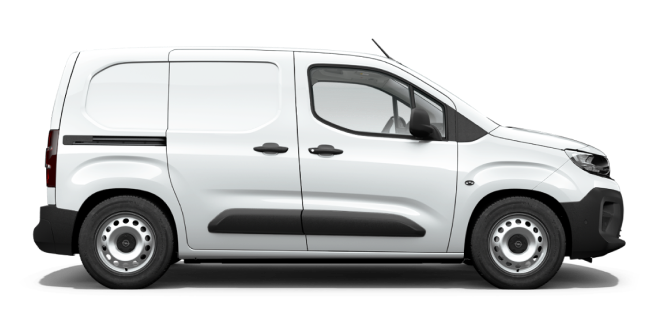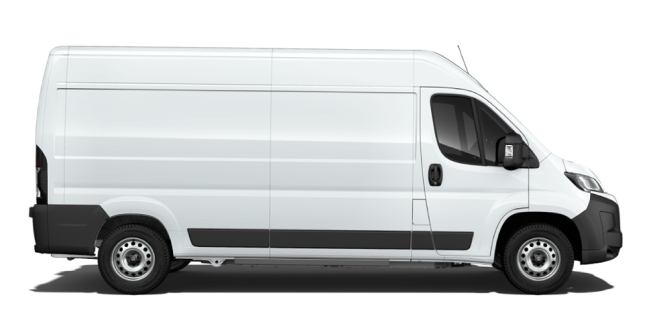WLTP driving cycle
Key Timings
- 1st September 2017 - WLTP measurement to be used all new car models
- 1st September 2018 - WLTP applies to all new car sales
- 1st January 2019 - WLTP fuel consumption figures to be displayed alongside back correlated NEDC figures for CO2
- 6th April 2020 - WLTP CO2 figure is used to calculate VED and BiK. Options added to vehicles will then affect it's VED/BiK. Before then, VED and BiK will be measured using a back-correlated NEDC CO2 value which does not include options.
- 1st September 2018 – WLTP measurement to be used all new types of vans. For example, Combo.
- 1st September 2019 – WLTP applies to all new van sales. Manufacturers must display WLTP fuel consumption figures alongside back correlated NEDC figures for CO2
- 6th April 2021 – WLTP CO2 figure is used to calculate VED and BiK. Options added to vehicles will then affect it’s VED/BiK. Before then, VED and BiK will be measured using a back-correlated NEDC CO2 value which does not include options.
New Consumption Data
All car price and specification guides have now been updated to show cycle specific WLTP fuel consumption information. CO2 emissions displayed are figures are determined according to the WLTP test cycle however, a Government formula is then applied to translate these figures back to what they would have been under the old NEDC test cycle, which WLTP replaced.
The vehicle fuel consumption or performance won't change with these new figures, the change in figures is due to a change in how the vehicles are tested.
Comparison
What does it mean for you?
|
WLTP |
NEDC | |
|---|---|---|
|
Start temperature |
14°C |
20°C - 30°C |
|
Cycle time (both fuel and emissions) |
30 min |
20 min |
| Stationary time proportion | 13% | 25% |
| Cycle length | ca. 23km | ca. 11km |
| Speed |
Average: 46.6km/h - Maximum: 131km/h |
Average: 34km/h - Maximum: 121km/h |
| Drive power |
Average: 7kW Maximum: 47kW |
Average: 4kW Maximum: 34kW |
| Influence of optional equipment and air-conditioning (AC) | Optional equipment is taken into account for weight, aerodynamics and VES (Vehicle Electronics Systems) requirements (no-load current). No AC | Not considered at present |
WLTP measurement cycles
With NEDC, fuel consumption was displayed in three different phases: Extra-urban, Urban and Combined. WLTP will mean fuel consumption values are now presented in five different phases including a combined figure. See the table below for a comparison between the different types of journey each phase measures.
WLTP tests are still conducted in a laboratory but the tests are more varied, with more realistic testing conditions.
NEDC
WLTP Measurement Cycles
| Urban | Extra Urban | Combined (Total) |
|---|---|---|
| 2.5 Miles | 4.3 Miles | 6.8 Miles |
WLTP
| Low Speed | Medium Speed | High Speed | Extra High Speed | Combined |
|---|---|---|---|---|
| City Driving | Town Driving | Rural Driving | Motorway | Mixture |
| 1.9 miles | 3.0 miles | 4.5 miles | 5.1 miles | 14.5 miles |
|
Max 35mph |
Max 50mph | Max 60mph | Max 81mph |
FAQs
Why is the NEDC out of date?
The NEDC (New European Driving Cycle) was introduced in 1992. But since then, cars, roads and driving behaviour have changed quite a bit. It’s is an artificial laboratory test and serves exclusively to compare different vehicles, not to reflect day-to-day driving and fuel consumption. This means that real consumption today is often very different from the NEDC information. The main reasons include:
- The theoretical driving profiles it uses don’t match real user profiles.
- Insufficient acceleration.
- Too many stop phases.
- It doesn’t incorporate higher speeds. This sets the average speed too low.
- Gear shifting points are broadly defined by transmission type. So they are the same for all cars with manual transmission.
- Optional equipment is not being taken into account.
What does the NEDC measure?
The NEDC is an artificial laboratory test that serves exclusively to compare the fuel consumption of different vehicles. But it doesn’t reflect the fuel consumption of day-to-day driving. This means that real consumption today is often very different from the NEDC information. The main reasons include:
- The theoretical driving profiles it uses don’t match real user profiles.
- Insufficient acceleration.
- Too many stop phases.
- It doesn’t incorporate higher speeds. This sets the average speed too low.
- Gear shifting points are broadly defined by transmission type. So they are the same for all cars with manual transmission.
- Optional equipment is not being taken into account.
How does the NEDC work?
What are the four parts of the WLTP?
What is the difference between NEDC and WLTP?
Since the introduction of NEDC in 1992 cars and driving styles have changed quite a bit. The WLTP test parameters have been redefined to reflect real conditions more closely. They now include:
- Longer cycle times (30 min vs 20 min)
- Shorter stopping times (13% vs 25%)
- Longer distances (about 23 km/14 miles vs 11 km/6 miles)
- Higher speeds (max. 130 km/h / 80 mph vs 120 km/h / 75 mph)
- Almost 50% higher average speeds
- Higher maximum acceleration and more acceleration phases
- Approximately 20-30% higher driving power based on the more dynamic driving situations
- More realistic determination of driving resistance for fuel consumption tests
- Consideration of optional equipment in the vehicle
The values obtained with WLTP are comparable worldwide, while the NEDC values are only valid in Europe.
Why are the WLTP figures higher compared to NEDC?
Due to more realistic test conditions, the fuel consumption and CO2 emissions measured under WLTP are in many cases higher compared to those measured under NEDC. The daily fuel consumption of a vehicle depends very much on the individual usage profile and where and how it is being driven: city traffic, country roads or motorways. These differences are better accounted for by the WLTP driving cycle. Instead of calculating only the values "urban, extra-urban and combined", WLTP provides four individual values for different predetermined travel profiles (low, medium, high, and extra-high) that are based on statistical surveys and the analysis of user profiles and averages. In addition, the WLTP driving cycle is much more dynamic than the NEDC and reflects higher accelerations, a higher average speed and a higher maximum speed.
Each engine/transmission combination of a certain vehicle type is tested with the most economical as well as the most fuel-intensive vehicle equipment. While the introduction of WLTP has resulted in an increase of published fuel consumption figures and CO2 values, these are now much closer to the actual fuel consumption and CO2 emissions.
What is euro 6 and RDE?
Under the new emission standards as of Euro 6d-TEMP, vehicles will have to prove their claimed emissions output in the future under more stringent test conditions. This means that the limit values for nitrogen oxides (NOx) and particle emissions not only have to be complied with under the new WLTP laboratory conditions, but they must also be verified in an everyday test.
Therefore, the RDE test procedure (Real Driving Emissions) does not require a fixed driving cycle; distance, acceleration, outside temperature, wind conditions and traffic conditions are freely selectable within given statistical boundary conditions.
Each engine/transmission combination of a certain vehicle type is tested with the most economical as well as the most fuel-intensive vehicle equipment. While the introduction of WLTP has resulted in an increase of published fuel consumption figures and CO2 values, these are now much closer to the actual fuel consumption and CO2 emissions.
Fuel-saving tips

Saving fuel made easy
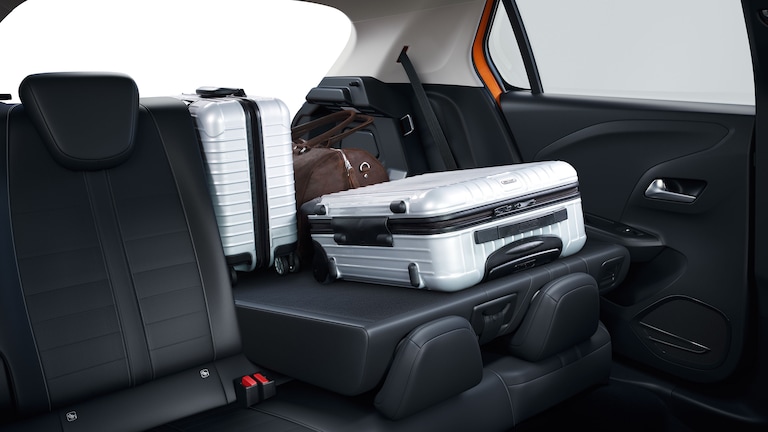
Tip 1: save on weight to save on fuel
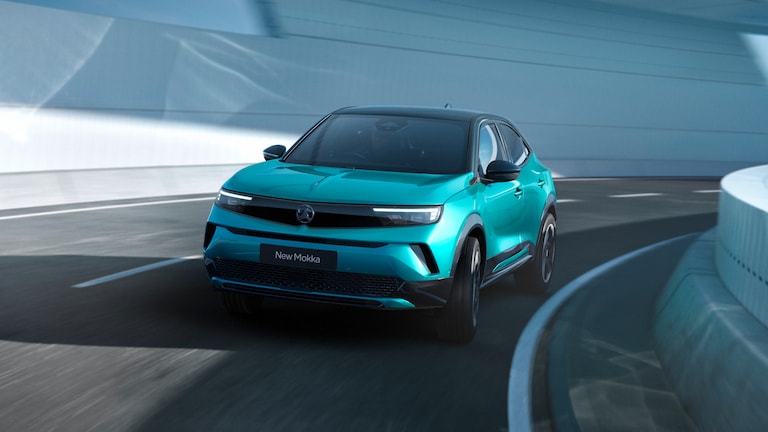
Tip 2: no need to warm up your engine

Tip 3: move up a gear earlier

Tip 4: save on electricity
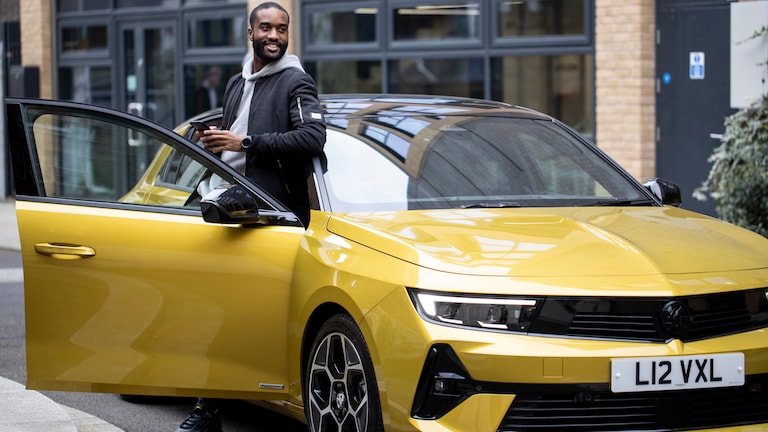
Tip 5: go with the flow

Tip 6: no need to rush

Tip 7: give your car a break


